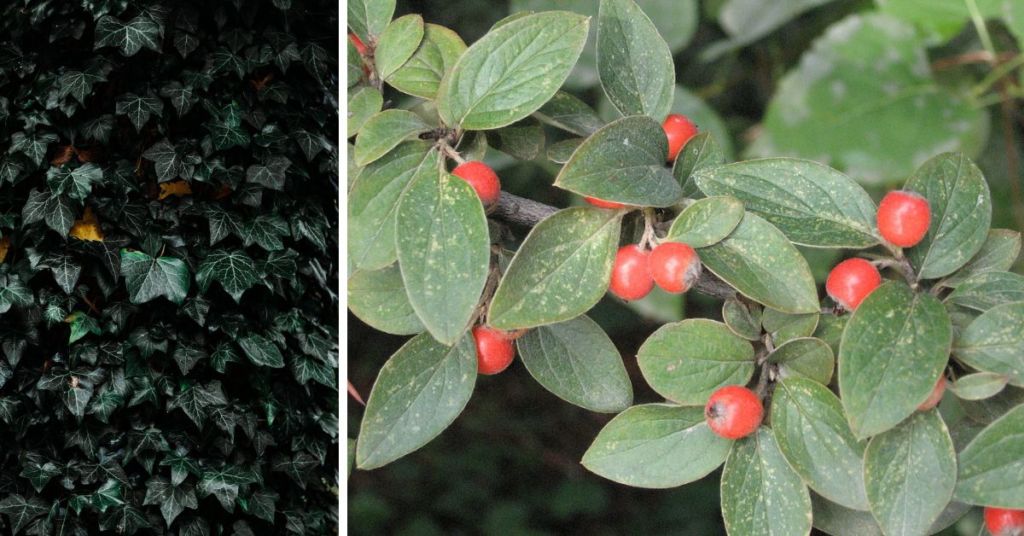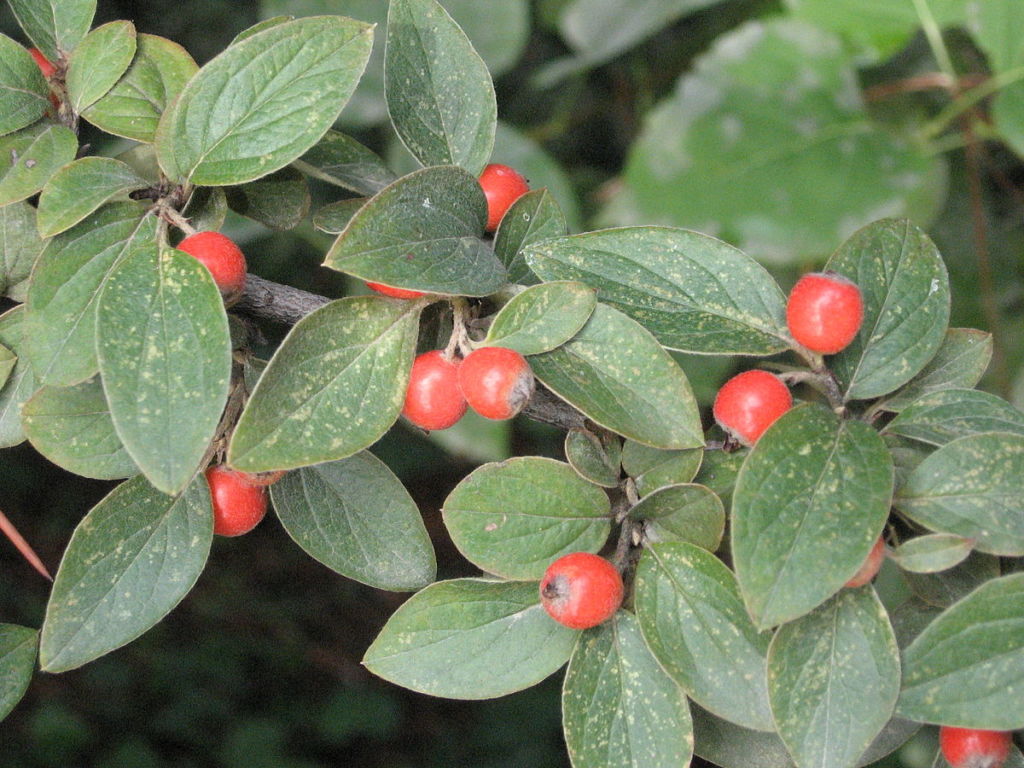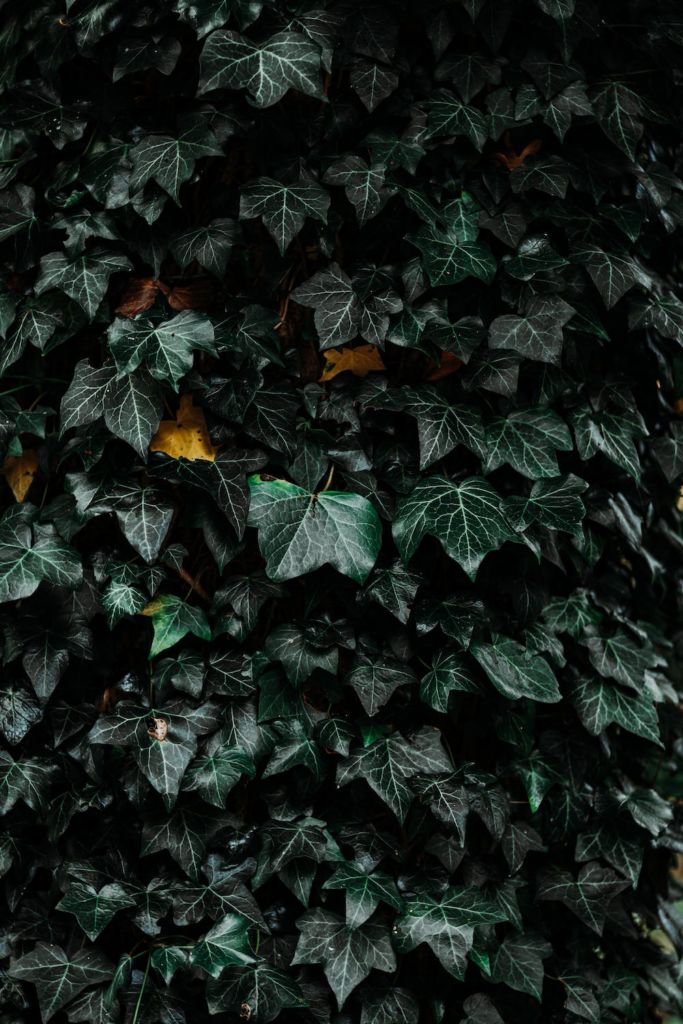Three Native Roadside Shrubs You Can Plant To Help Detoxify Malta’s Fume-Filled Roads

Air quality in Malta is predominantly caused by fume-filled roads and constant construction., but how can we as ordinary citizens help make our country cleaner and greener?
With the weather calming and the heavens starting to open up, now is the time to get your nails dirty and start planting.
Below we’ve compiled a hardy list of shrubs – with the help of Ambjent Malta and the ERA – to tickle your fancy and help detoxify Malta’s fume-filled roads by getting down and dirty.
As reported by The Guardian in 2021, “scientists at the Royal Horticultural Society (RHS) looked at the effectiveness of hedges for soaking up air pollution, comparing different types of shrubs including cotoneaster, hawthorn and western red cedar”.

Cotoneaster franchetii
Though this study was commissioned for UK roads, it’s applicable in most countries dependent on their guidelines for invasive and non-invasive planting of species.
The study explains that in heavy traffic, the denser, hairy-leaved ‘Cotoneaster franchetii’, was at least 20% more effective at soaking up pollution compared with other shrubs. Researchers outlined however that the hardy shrub did not make a difference on quieter streets.
So for the green-fingered with road-side gardens – the cotoneaster franchetii which can grow up to four metres in height within 20 years – is ideal to plant to help soak up all that CO2.
Scientists have also found that “ivy wall cover excels at cooling buildings…”

Ivy
With the plethora of blank canvas building exteriors, there is plenty of scope for – government agencies and the public alike – to begin putting these plans into action. Helping make our man-made landscapes more bearable and breathable. These creeper plants have aerial roots which help them cling to surfaces like walls and fences – making upkeep simple.
Ambjent Malta helped to plant over 22,162 shrubs and trees in 2021, up by nearly 1,000 in 2020 – as reported by Times of Malta.
New species planted by Ambjent include: bean trefoil, Mediterranean asparagus, onion weed, spiny caper, Maltese rock-centaury, tree spurge, ivy, Sicilian silver ragwort, jointed rush, golden samphire, southern tea tree, crystal ice plant, oleander, African wolfbane, great sage, wall rue, common sage, rosemary, lavender cotton, olive-leaved germander, water germander and Mediterranean thyme. The list goes on.
For more guidance on which plants, shrubs and trees best capture carbon please visit: Environment and Resources Authority (ERA) website here.
Cover photo: Parks Malta
Tag a friend who should start planting
